Ephemera and COVID-19
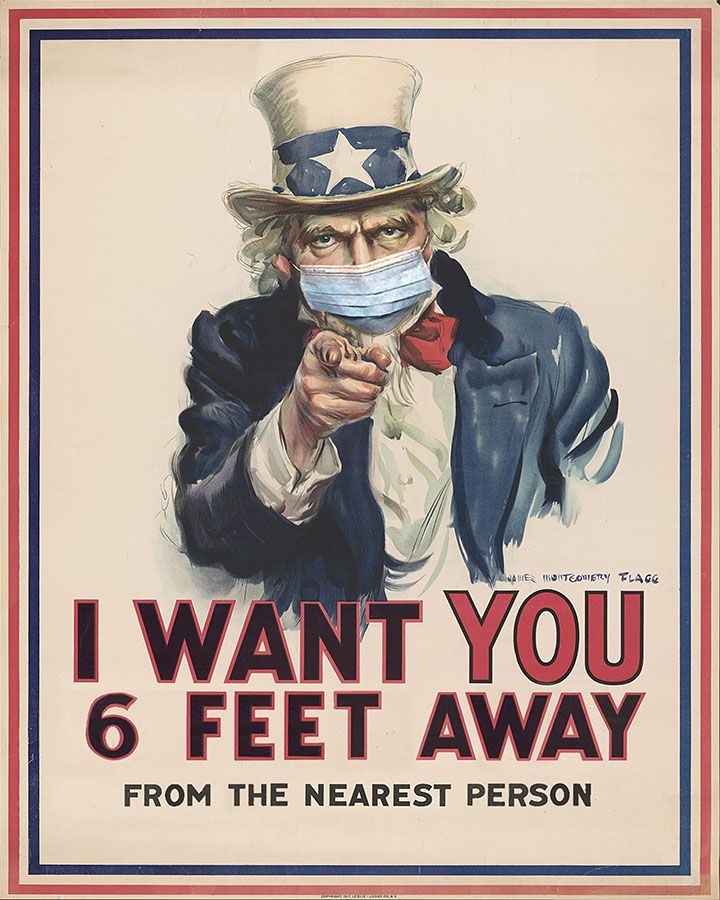
by Richard Sheaff
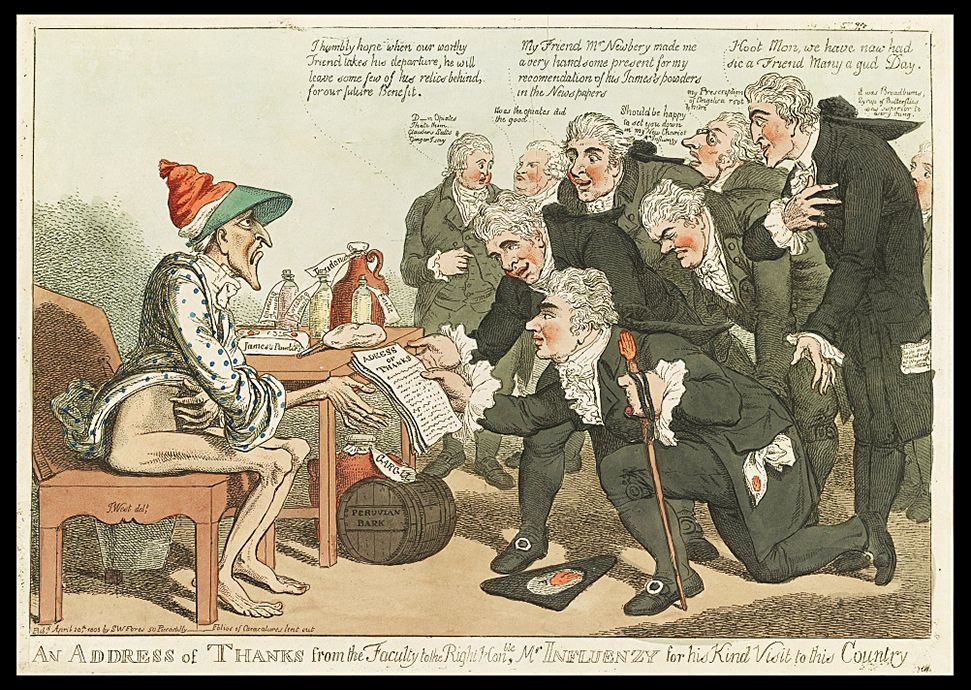
We are all intwined in 2020’s COVID-19 pandemic, a dire threat to worldwide society. Though humanity struggled mightily with its past pandemics, it also mustered up the actions, innovations and discipline needed to make its way through. We will need to do the same today.
Ephemera can help us visualize previous pandemics.
The Spanish flu pandemic (1918)
Worldwide death toll: 50+ million (estimates differ)
Just over one hundred years ago, a world recovering from a global war which had killed some 20 million suddenly had to contend with something that proved even more deadly: a flu outbreak. Though WWI had resulted in 53,402 U.S. combat deaths, 63,114 U.S. soldiers died of the Spanish flu, with 675,000 Americans dying in total. This is more than the total deaths of U.S. soldiers in WWI, WWII, the Korean War and Vietnam combined.
A peace treaty cannot be negotiated with a virus.
As 2020 began, the 1918 pandemic had seemed as remote as history’s earlier horrors from smallpox, the bubonic plague, and other deadly diseases now largely eradicated. One of the main contributing factors to the wildfire spread of the Spanish Flu was the influx of war-displaced refugees moving into crowded cities. Another was that many doctors and nurses were already occupied treating WWI casualties. Also, returning troops were crowded into barracks, jammed into railroad trains and tightly packed into ocean-going troop transports, as shown in images below.
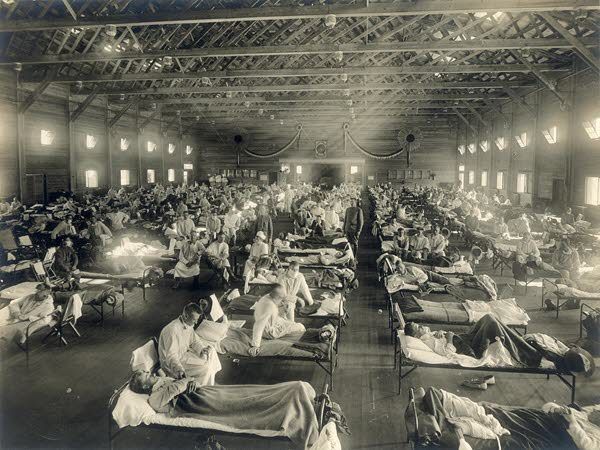
Soldiers from Fort Riley, Kansas, ill with Spanish flu at a hospital ward at Camp Funston
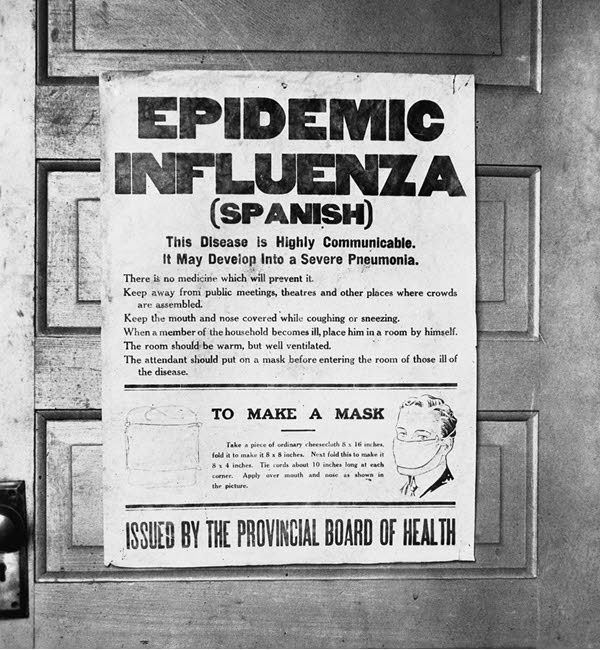
Spanish Flu Poster
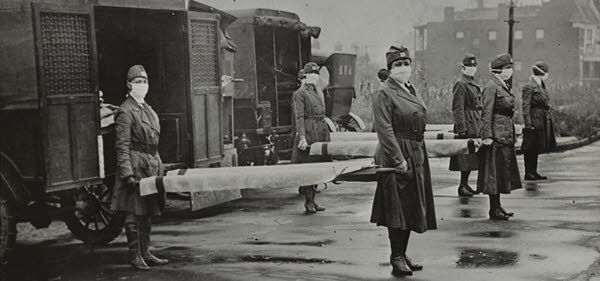
Healthcare Workers 1918
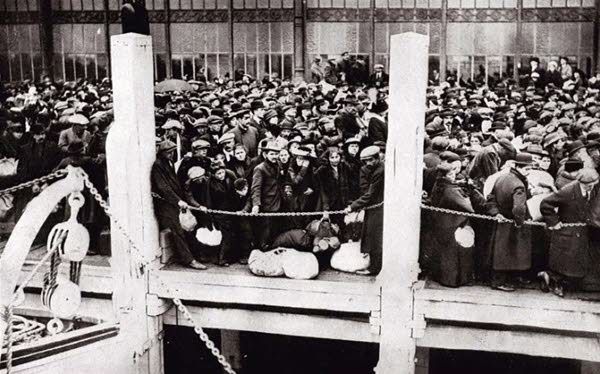
Belgian refugees at the port of Ostend
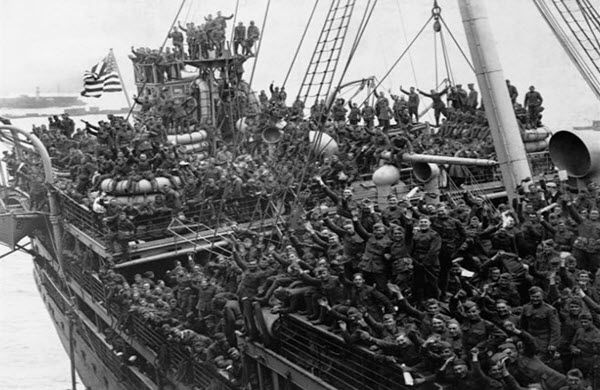
Hoboken, New Jersey, c. 1919 – Soldiers on the USS Agamemnon cheer as they return home from France. (CORBIS)
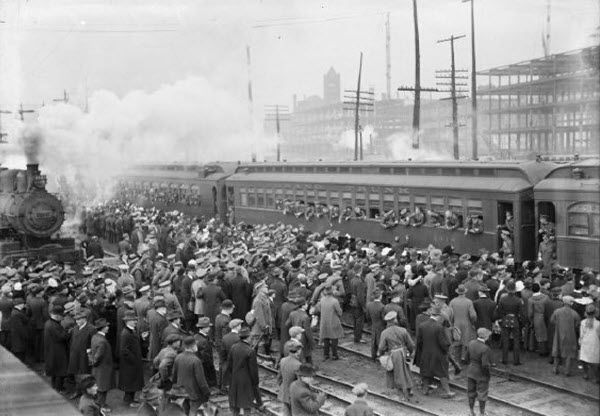
Troop Train – City of Toronto Archives, Fonds 1244, Item 821
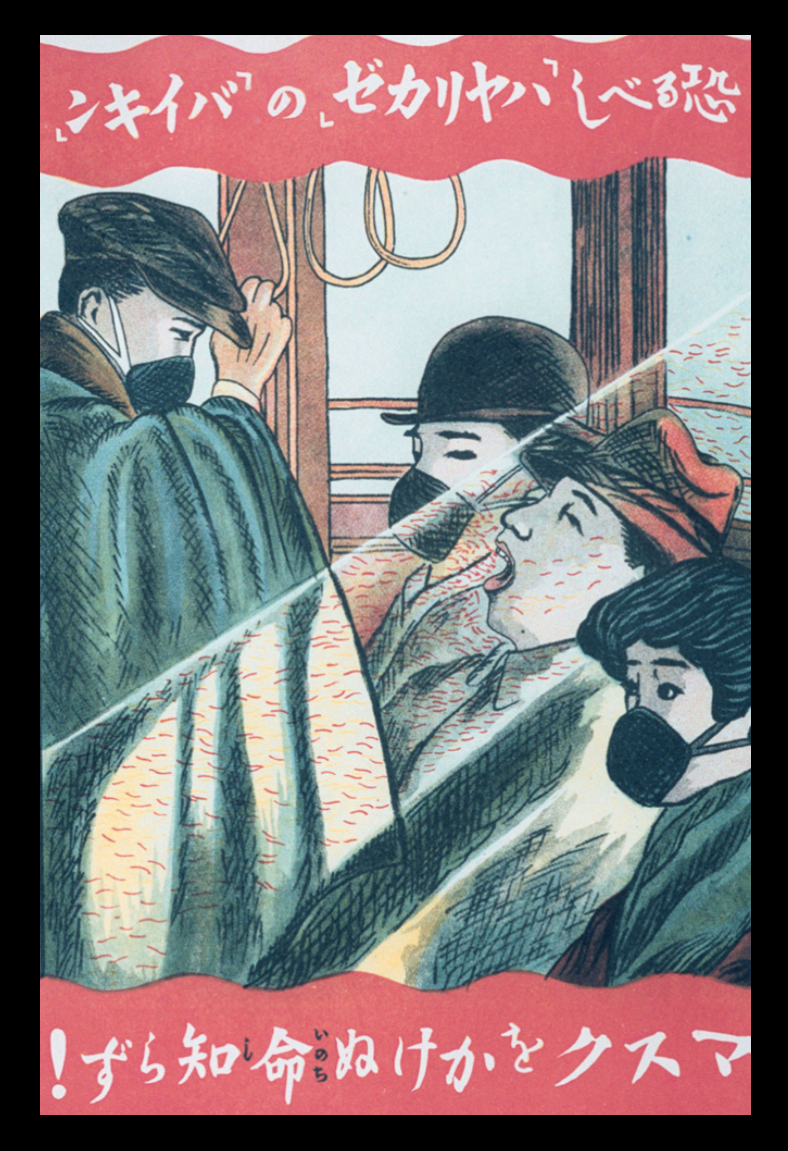
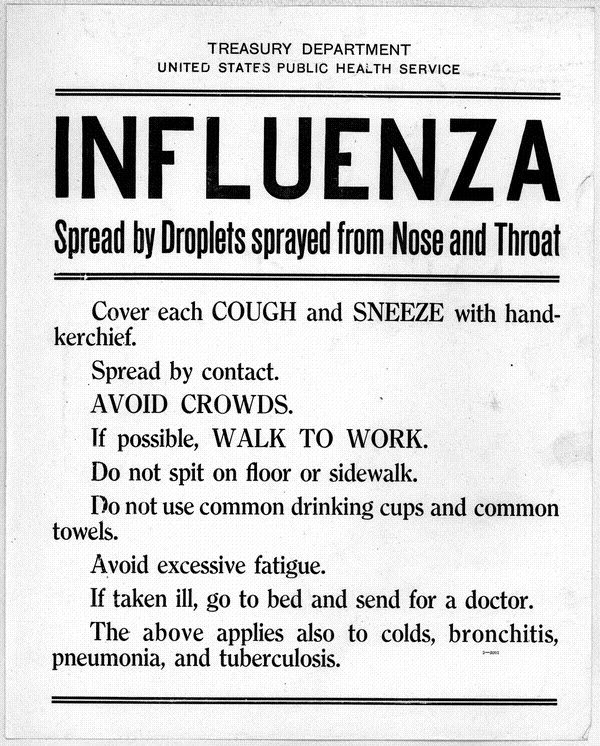
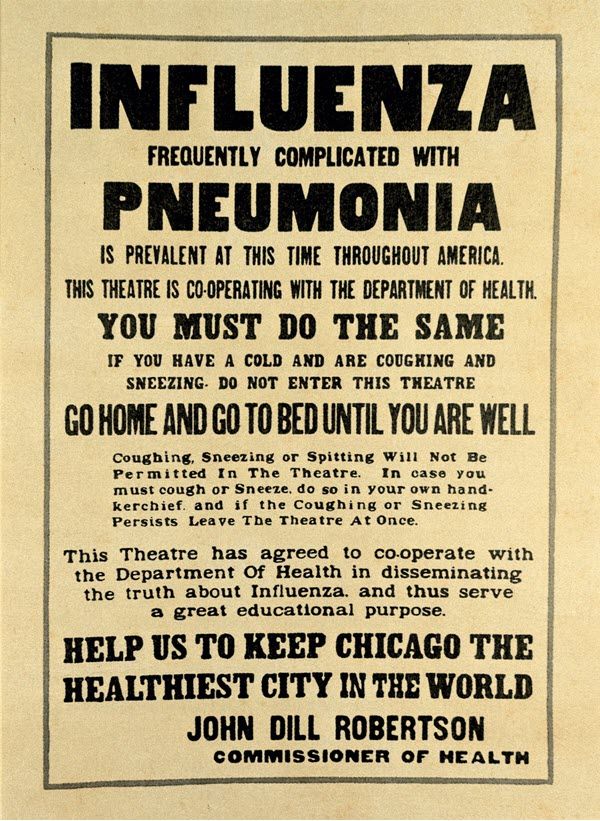
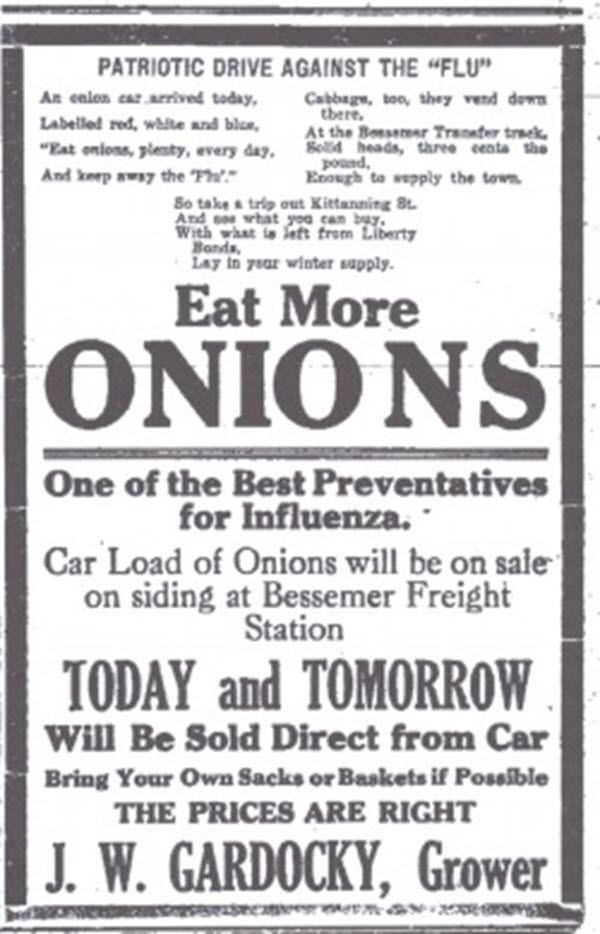
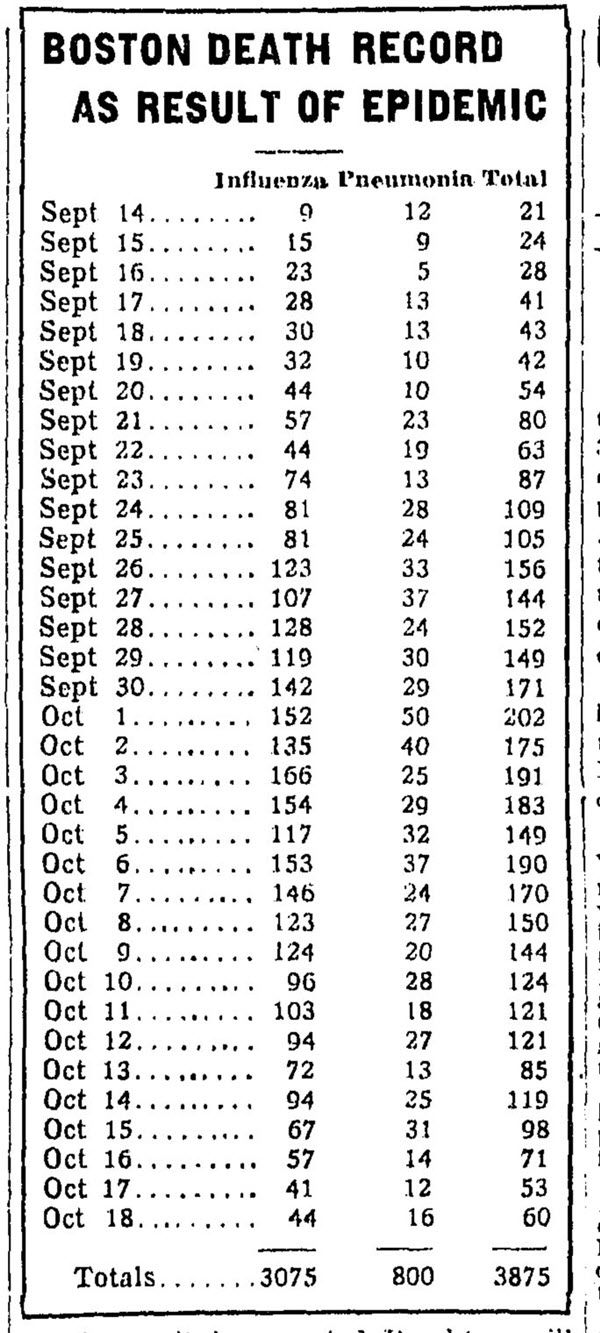
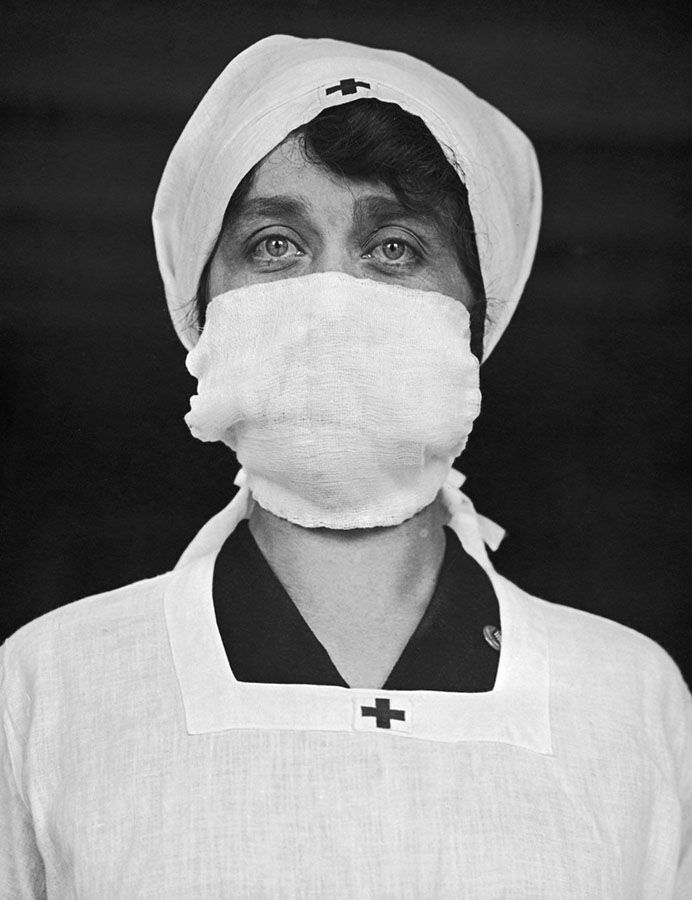
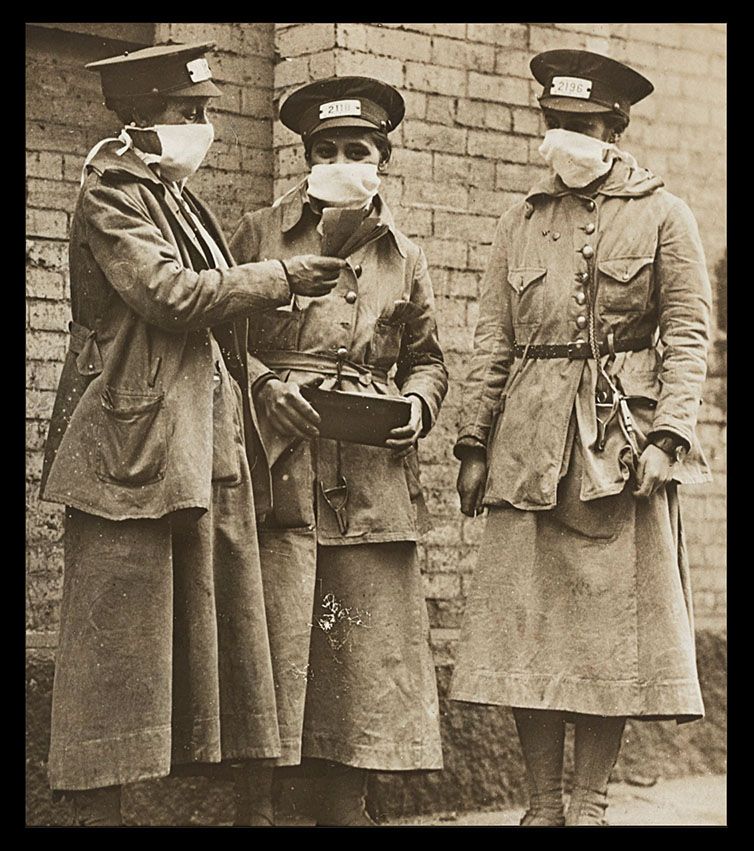
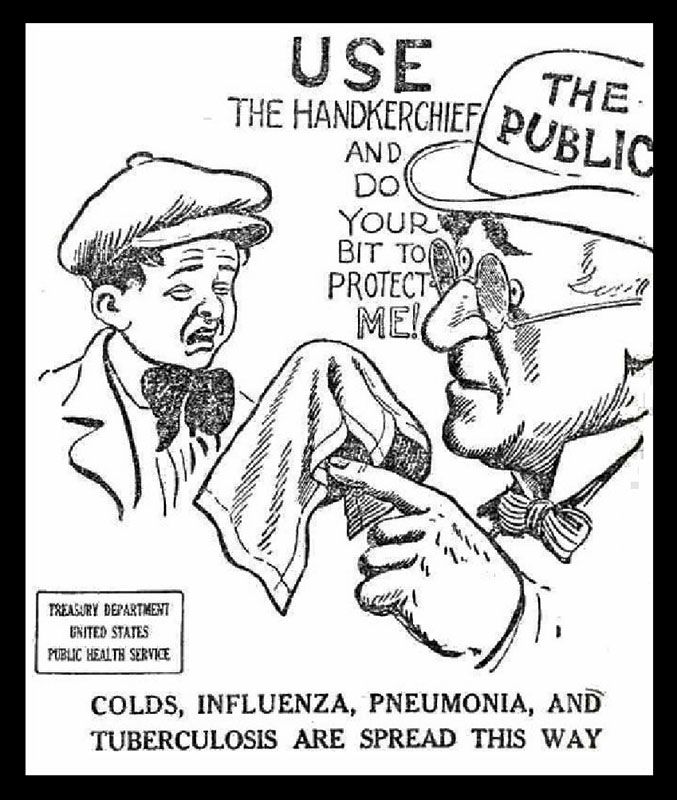
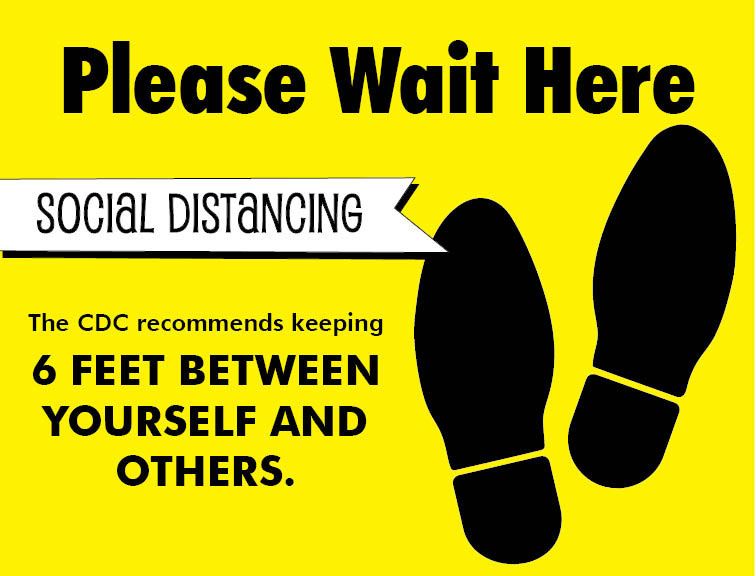
2020 Co-op Food Stores (New Hampshire & Vermont)
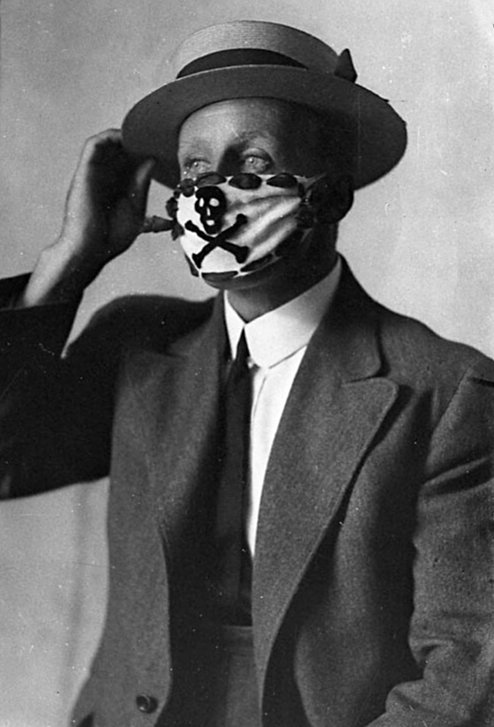
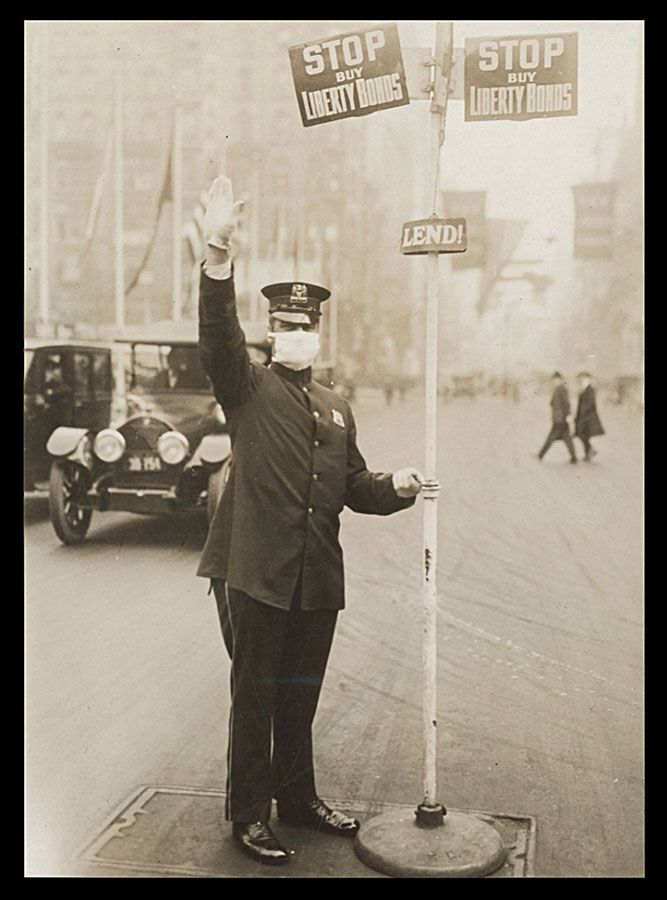
National Archives
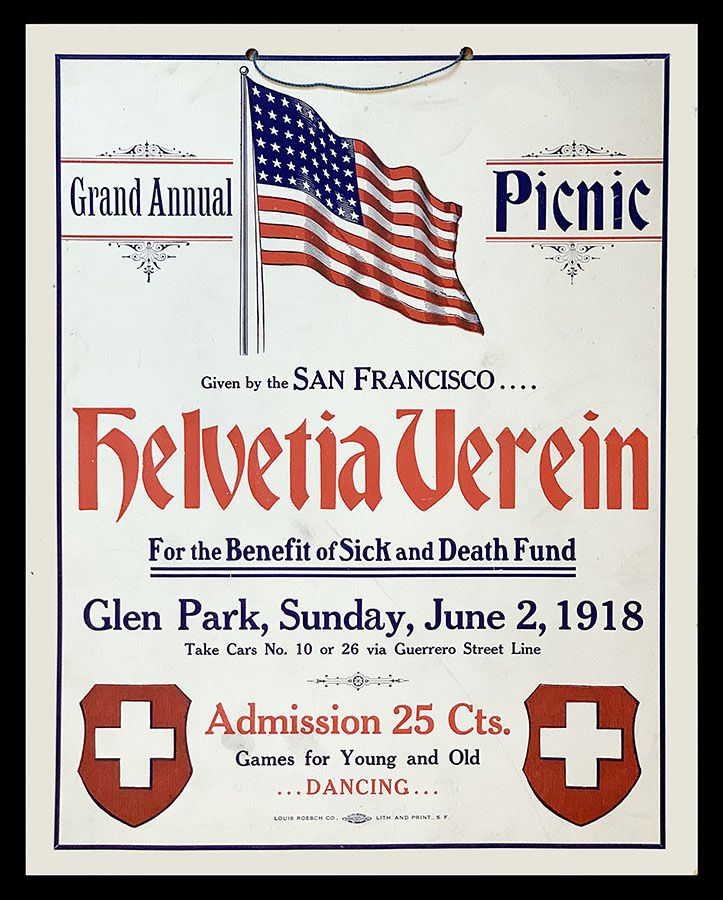
“The Sick & Death Fund” poster
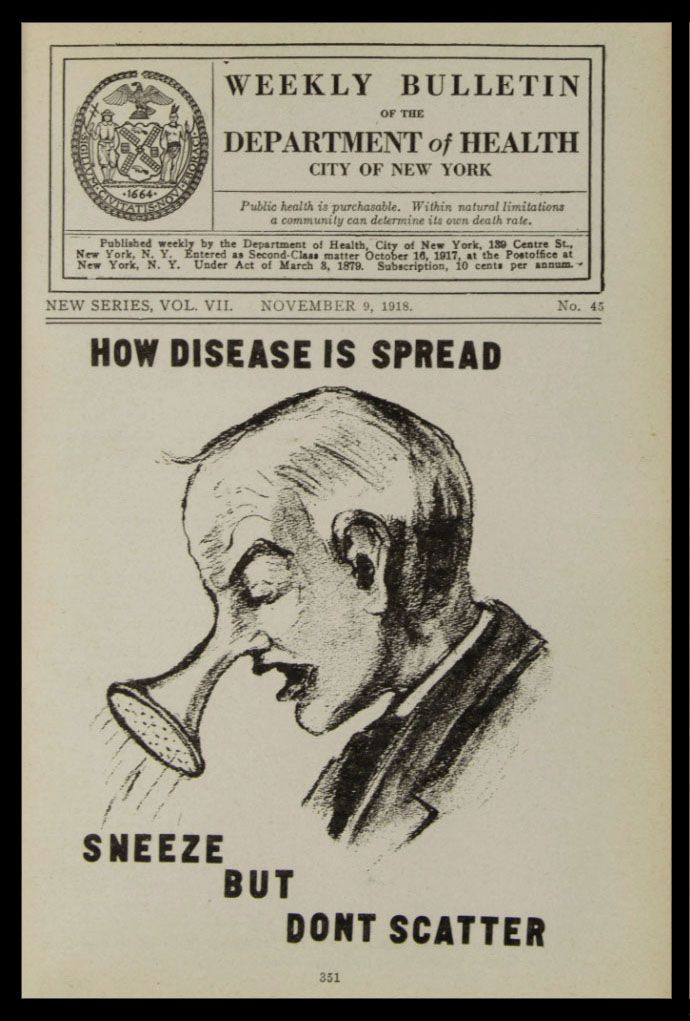
New York City Municipal Archives

